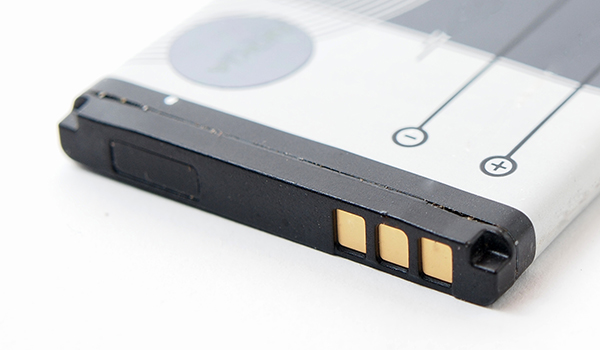MEMS Applications in the Smartphone Industry

Smartphones contain many MEMS devices. MEMS devices are used to detect the status and movement of the smartphone, in microphones, speakers, and other sound-related devices, and in components for radio frequencies, called filters.
- Types and Roles of MEMS Devices Used in Smartphones
- MinebeaMitsumi’s Devices Utilized in Smartphones
Types and Roles of MEMS Devices Used in Smartphones
The global shipment of smartphones is approximately 1.5 Billion phones sold, and the market for electrical components is growing into an extremely large market. The MEMS devices used in smartphones are extremely diverse, ranging from filters that extract radio waves of a required frequency, to motion sensors that complement location detection, and even microphones that are necessary for making calls.
MEMS Devices for Controlling Radio Waves
High-speed communication over 5G adds several additional radio frequency bands to those used by conventional cell phones. Filters are employed to use specific frequencies within the received radio waves. There are several types of filters, and those that can be manufactured using the MEMS process are called BAW filters, which market has expanded significantly with the spread of 5G devices. Another factor contributing to the growth of the market is the wide range of radio frequency bands that can be used. It is believed that dozens of filters are used in a single smartphone, making it the most widely used component among MEMS sensors used in smartphones.
MEMS Devices for High-performance Smartphones
There are a variety of MEMS devices used in smartphones, including optical image stabilization (OIS) and fingerprint authentication, and many products are already in mass production.
Smartphones have a small chassis size and most of the space is taken up by the battery, so high quality functionality must be achieved in a limited space. MEMS enables the mass production of small, high-performance components, making it possible to manufacture smartphones with high functionality.
The usage of MEMS oscillators, for instance, has increased since the 2010s. Compared to conventional crystal oscillators, MEMS oscillators are smaller, require less peripheral circuitry, and have advantages such as shock resistance, low power consumption, and good temperature characteristics.
Accelerometers, gyro sensors, and magnetic sensors, which are used together with GPS in navigation applications, tend to be packaged and integrated as inertial combo sensors. By integrating these previously separate sensors into a single device using MEMS technology, high functionality can be achieved in a limited space.
MEMS devices also have excellent power-saving performance, which contributes to extending the operating time of smartphones.
MinebeaMitsumi’s Devices Utilized in Smartphones
Although smartphones are a collection of MEMS devices, many non-MEMS technology devices are also used. The following are some of the semiconductor products manufactured by MinebeaMitsumi that are used in smartphones.
Solutions for Image Stabilization
MinebeaMitsumi provides optical image stabilization (OIS) solutions used in smartphone cameras. OIS requires stabilization of images against external vibrations, so gyro sensors and other sensors are used to reduce the effects of camera shake.
Functions for Preventing Battery Damage
MinebeaMitsumi’s semiconductor products include protection ICs for the rechargeable lithium-ion batteries used in smartphones.
Protection ICs constantly monitor the voltage and current of lithium-ion batteries and control them to ensure safe use.

Inside the package of a lithium-ion battery, a protection IC is used to monitor the voltage and current of the cell, rather than the cell itself. This protection IC is used to enhance the safety of the lithium-ion battery.

